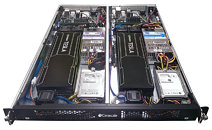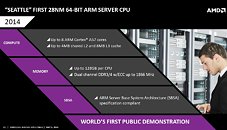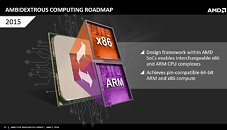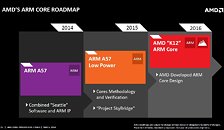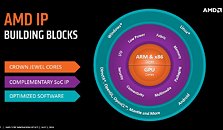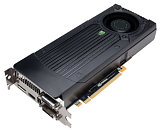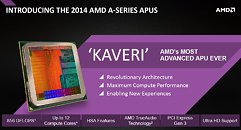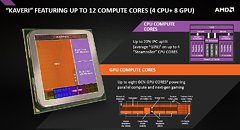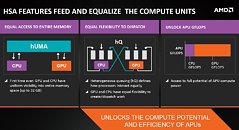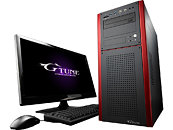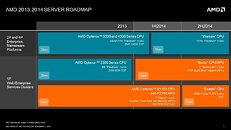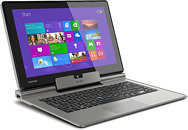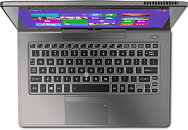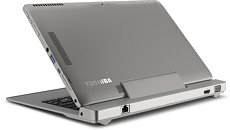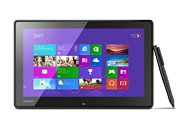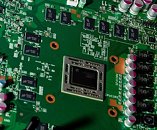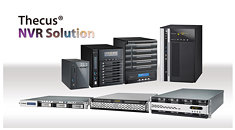Eurotech, AppliedMicro and NVIDIA Develop New HPC System Architecture
Eurotech, a leading provider of embedded and supercomputing technologies, has teamed up with Applied Micro Circuits Corporation and NVIDIA to develop a new, original high performance computing (HPC) system architecture that combines extreme density and best-in-class energy efficiency. The new architecture is based on an innovative highly modular and scalable packaging concept.
Eurotech, which has years of significant experience in designing and manufacturing original HPC systems, has successfully developed an HPC systems architecture that optimizes the benefits of greater density, as well as the energy efficiency of ARM processors and high-performance GPU accelerators.
Eurotech, which has years of significant experience in designing and manufacturing original HPC systems, has successfully developed an HPC systems architecture that optimizes the benefits of greater density, as well as the energy efficiency of ARM processors and high-performance GPU accelerators.

